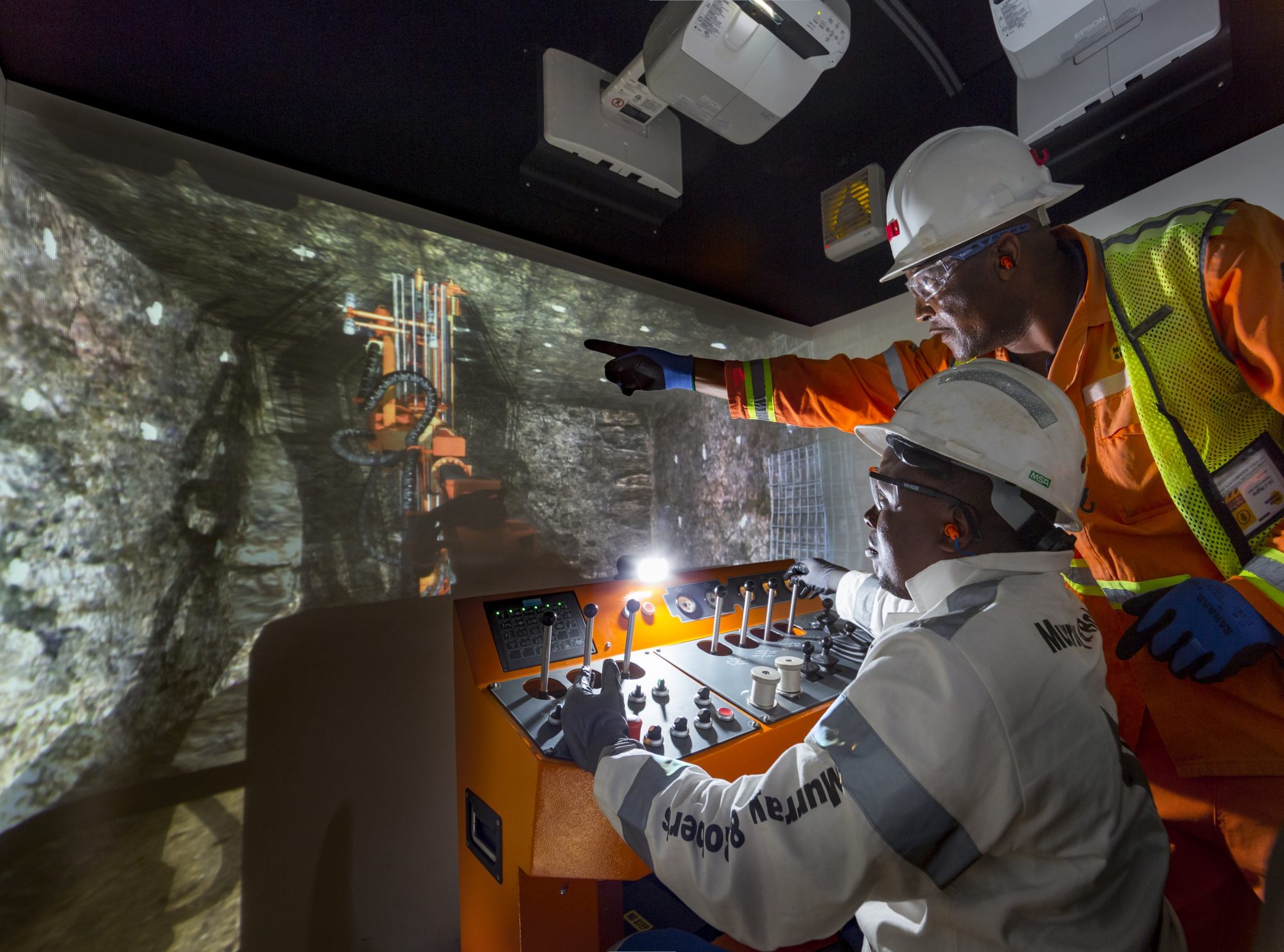A proactive and ongoing training programme by the Murray & Roberts Cementation Training Academy (MRTA) is empowering hundreds of unemployed community residents with basic technical and safety skills, paving the way for them to enter the job market in mining and other sectors.
According to Murray & Roberts Cementation’s education, training and development (ETD) executive, Tony Pretorius, the training programme began in 2015 and was driven by the company’s and the Mining Qualification Authorities commitment to community development, especially in the areas where it has active projects underway.
“The process started with us developing a Level 2 National Certificate programme in Occupational Health, Safety and Environment, which is now a learnership registered with the Mining Qualifications Authority,” says Pretorius.
“We then extended the scope of our facility to offer this qualification and, working with other important stakeholders,reached out to communities near to our operations to train up the unemployed.”
Not only does the training give local residents a better opportunity to be absorbed when possible into Murray & Roberts Cementation’s workforce, but it also equips the trainee with basic skills that are valuable in a range of basic mining, engineering and construction environments. By the end of 2017 financial year, over 250 local trainees had passed through the programme, increasing to 392 in the current financial year, already almost reaching the 400-learners-per-year capacity of the MRTA.
“So successful was this training that we were able to recruit over 150 learners into our operations by the end of the 2017 financial year, and are looking to recruit about 120 in this financial year,” Pretorius says.
“Furthermore, there have been no reports from our operations of any safety incidents involving any of these learners, which tell us that our training has been on the mark and that our learners have taken on board both the skills and the culture of safety that we impart to them.”
To ensure that the training programme is relevant to the needs of the market, Murray & Roberts Cementation scopes its existing operations according to the planned labour demand from those projects, drawing semi-skilled applicants first from the skills pool developed through the training scheme.
“We consider in detail which semi-skilled roles will be demanded by our mining projects over their life cycle, and train up our learners in the relevant scope of technical skills including basic engineering, mining and construction general labourers,” says Pretorius.
Working closely with the Department of Labour, the company is able to ensure that the trainees are indeed local and unemployed.
“These are the people we want to target as our strategic intention is to focus on the destitute, rather than on people who already have work and are just looking for a stepping stone,” he says.
The MRTA also partners with Teba to conduct the medical and security screening for each learner, as clients require that candidates must be fit for work and must not be encumbered by a criminal record.
Pretorius explains that the training involves core and relevant elective components including health, safety and environmental elements in line with the Level 2 National Certificate, as well as a supplementary component made up of basic technical skills such as working at heights, basic fire-fighting, basic rigging, general pipes and ventilation.
A vital partner in this training collaboration is the Mining Qualifications Authority, which has provided a discretionary grant for non-artisan training that covers each of the learners’ personal protective equipment and stipends, and meets the training and administration costs incurred by the MRTA.
Murray & Roberts Cementation also contributes financially by meeting the costs of the accommodation and feeding for all the learners during their time on campus at the MRTA’s extensive facility at Bentley Park near Carletonville.
The learnership programme incorporates a wide selection of core formative and summative assessments which are administered over a six-month period, during which time learners are also required to complete various case studies at home.
“The method allows learners to apply the theory and practical skills in a mining environment, as well as in their day-to-day lives at home,” he says. “We believe that this approach offers our learners a wider understanding of the application of health, safety and environmental awareness, equipping them to identify hazards in whatever circumstances they are, and to take corrective measures.”
Pretorius highlights the numerous benefits for employers taking on learners from this programme, including considerable training savings in both time and money.
“Companies who employ learners from this pool can be assured that the relevant awareness and skills have been learned and assessed, allowing a quick turnaround in getting them into the workplace,” he says. “Apart from saving themselves the cost of the training, employers benefit from the learners’ safe working practices and fewer incidents on site translate directly into a more productive and safer workforce.”
He adds that almost half the trainees to date have been women, which is a valuable contribution to the national drive to prepare and engage more women of colour in mining and related sectors.











